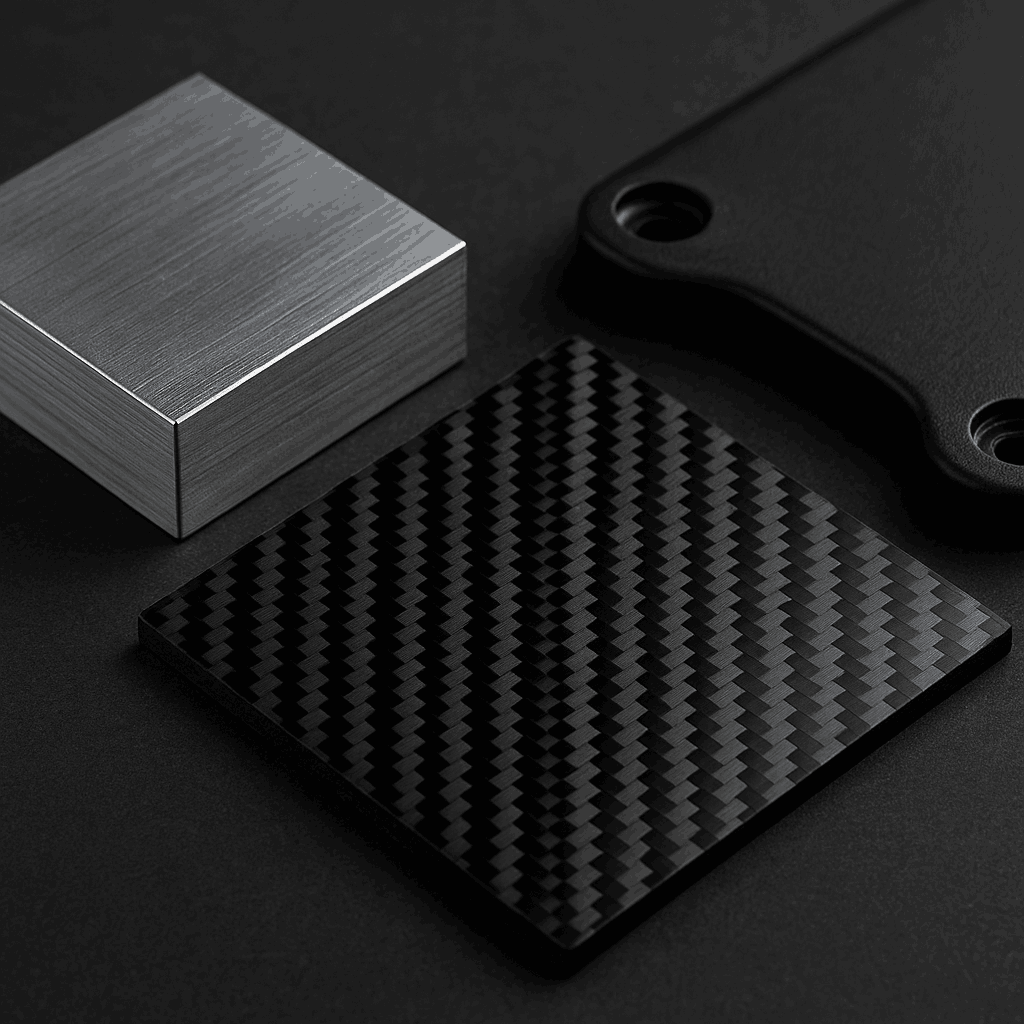In engineering and product development, 'cost-effectiveness' is often misunderstood as 'the cheaper, the better.' However, in fields like structural components, mobility equipment, UAVs, and automobiles, the real value lies in a material’s comprehensive performance and lifecycle return.
With 20+ years of experience in advanced composites, GBTECH delivers lightweight, high-performance solutions across diverse applications. This article compares carbon fiber with plastics and aluminum from four perspectives: performance, cost structure, lifecycle value, and application scenarios.

Material | Strength-to-weight Ratio | Fatigue Resistance | Corrosion Resistance | Thermal Stability |
Plastic | ★ | ★ | ★★ | ★ |
Aluminum | ★★★ | ★★ | ★★ | ★★ |
Carbon Fiber | ★★★★★ | ★★★★★ | ★★★★★ | ★★★★ |
Plastic is lightweight but weak and prone to aging. Aluminum is easy to machine but loses strength under long-term fatigue. Carbon fiber outperforms both in mechanical strength, fatigue resistance, and corrosion protection — especially in demanding applications.
While carbon fiber may seem expensive at first glance, its long-term value becomes apparent through reduced maintenance, less frequent replacement, and improved energy efficiency:
- Aluminum parts (e.g., drone frames) often need repair after long-term vibration.
- Plastic components degrade from UV exposure and thermal cycling.
- Carbon fiber remains structurally sound for 5–10 years even under high stress — offering long-term ROI.
Indicator | Plastic | Aluminum | Carbon Fiber | Note |
Initial Price ($/kg) | 2–4 | 6–10 | 25–60 | — |
Replacement Frequency | Frequent | 1–3x/year | Rarely Needed | — |
Annual Maintenance Cost | ★★★ | ★★ | ★ | Lower is better |
Lifecycle Value | ★ | ★★ | ★★★★ | Higher is better |
From a lifecycle perspective, carbon fiber is more cost-effective than aluminum or plastic — especially in EVs, robotics, and high-performance machinery.
GBTECH supplies carbon fiber solutions for:
- UAV frames: 40% lighter, 30–50% longer flight time
- EV battery boxes and door frames: reduce 100–200kg of weight
- Sports gear (e.g., skateboards, bicycles): enhanced control and durability
- Robotics and automation: increased stiffness and precision
With optimized production lines, GBTECH now supports low-volume, mid-range market customization at accessible pricing.
True cost-effectiveness isn’t about being cheap — it’s about maximizing durability, performance, and return on investment. For industries demanding strength, lightness, safety, and aesthetics, carbon fiber is no longer a luxury but an evolving standard.
With GBTECH, you’re choosing the future of materials.
